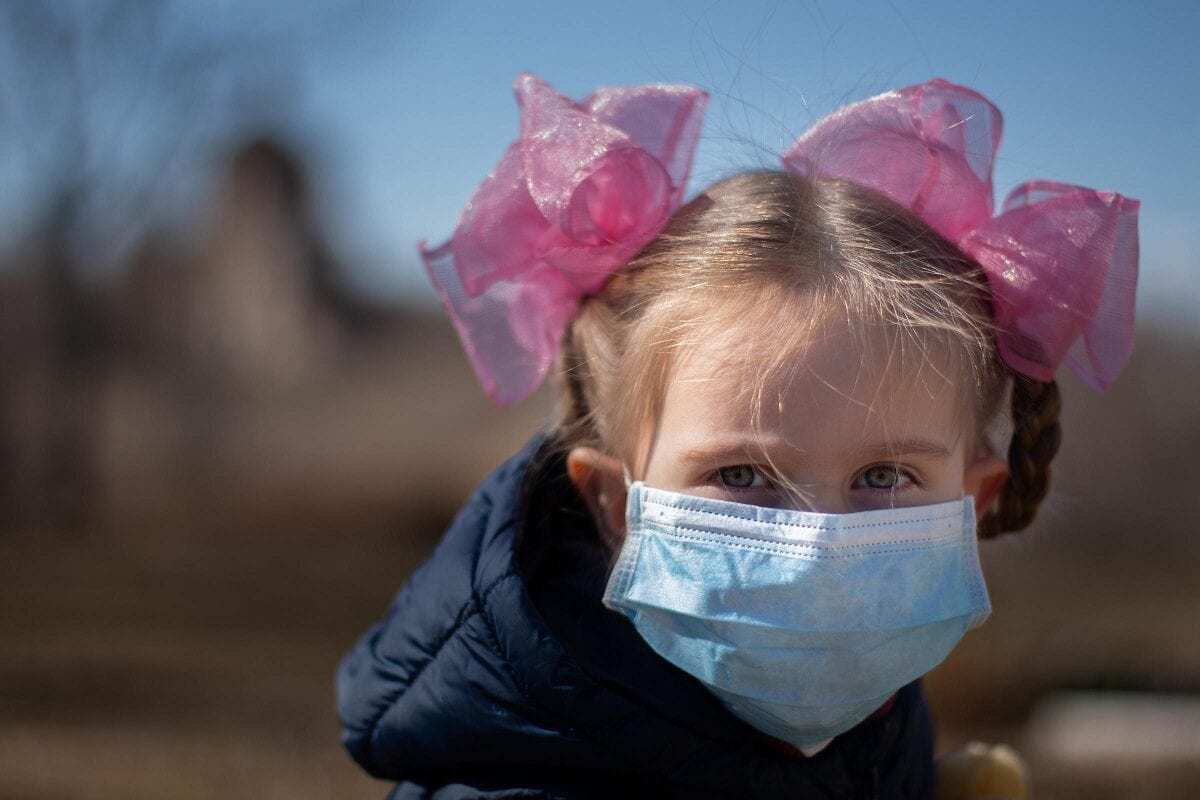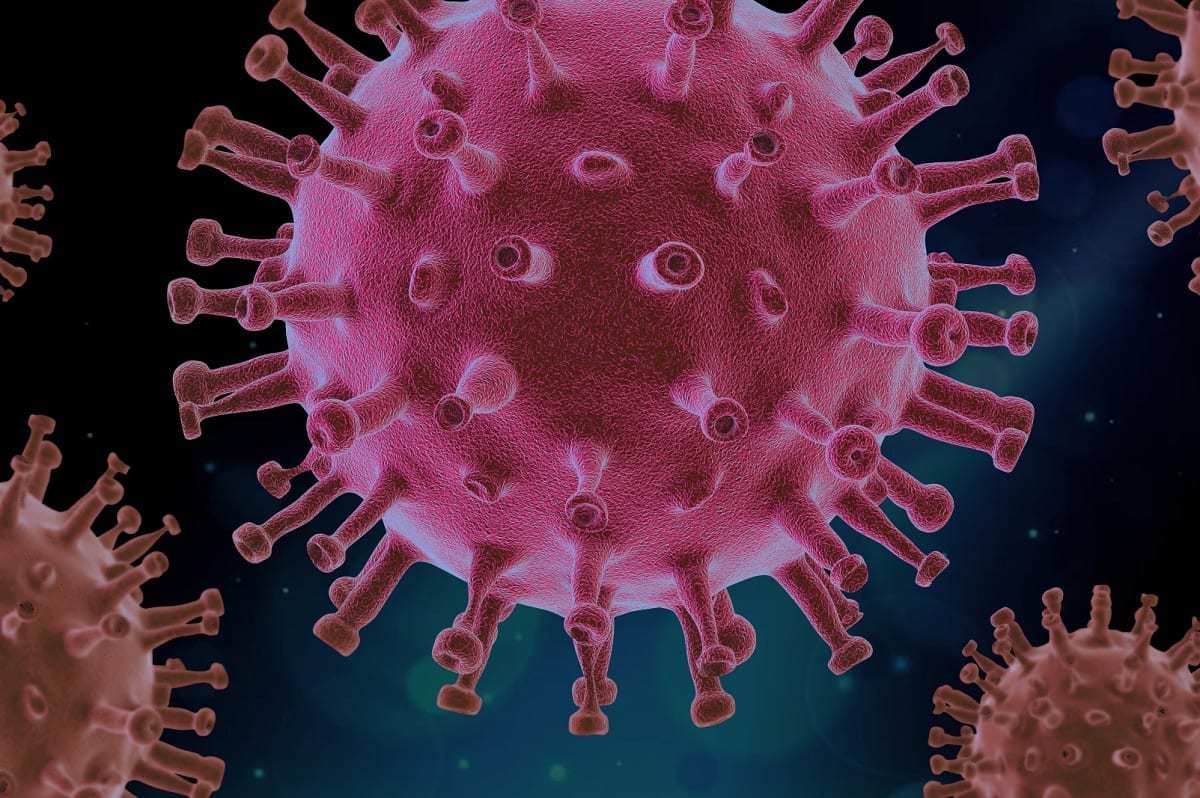They say journalism is the first rough draft of history. With the Covid pandemic now a year old, we are starting to see books on the topic. And various libertarian studies and articles, critically examining government and private-sector responses to the crisis, have appeared. But some of those rough drafts in the major media add up to a pretty strong critique of government failure by themselves. Just consider the disappointing, even tragic, analyses that have been appearing over the past year:
The federal government had reports and warnings and war games about pandemic danger at least as far back as 2001, but was apparently unprepared when it hit.
Simulations as recently as 2019 predicted that agencies would fail to work together even after all those reports and plans.
A Seattle lab doing a flu study proposed in February 2020 to start monitoring the novel coronavirus. When it couldn’t get approval from state and federal officials, the lab went ahead on its own. As the New York Times reported, “the Seattle Flu Study illustrates how existing regulations and red tape — sometimes designed to protect privacy and health — have impeded the rapid rollout of testing nationally.”

Colorized scanning electron micrograph of an apoptotic cell (green) heavily infected with SARS-COV-2 virus particles (purple), isolated from a patient sample. Image captured and color-enhanced at the NIAID Integrated Research Facility (IRF) in Fort Detrick, Maryland. Credit: NIAID
Washington Post, March 16: “From mid-January until Feb. 28, fewer than 4,000 tests from the U.S. Centers for Disease Control and Prevention were used out of more 160,000 produced. The United States’ struggles, in [German entrepreneur Olfert] Landt’s view, stemmed from the fact the country took too long to use private companies to develop the tests. The coronavirus pandemic was too big and moving too fast for the CDC to develop its own tests in time, he said.”
Washington Post, April 3: “In the 21 days that followed, as Trump administration officials continued to rely on the flawed CDC test, many lab scientists eager to aid the faltering effort grew increasingly alarmed and exasperated by the federal government’s actions, according to previously unreported email messages and other documents reviewed by The Washington Post, as well as exclusive interviews with scientists and officials involved.
In their private communications, scientists at academic, hospital and public health labs — one layer removed from federal agency operations — expressed dismay at the failure to move more quickly and frustration at bureaucratic demands that delayed their attempts to develop alternatives to the CDC test.”
New York Times, June 3: “Given its record and resources, the [Centers for Disease Control] might have become the undisputed leader in the global fight against the virus.
Instead, the C.D.C. made missteps that undermined America’s response.
‘Here is an agency that has been waiting its entire existence for this moment,’ said Dr. Peter Lurie, a former associate commissioner at the Food and Drug Administration who for years worked closely with the C.D.C. ‘And then they flub it. It is very sad. That is what they were set up to do.'”
Washington Post, December 26: “The CDC’s response to what became the nation’s deadliest pandemic in a century marked a low point in its 74-year history. More than 329,000 Americans have died of the virus. In an agency long known for its competence, hubris became the nemesis that could not be overcome.”
And then, as federal efforts got in gear, testing became widespread, and Congress passed the $2.2 trillion CARES Act, we began to see the stories we always see when there’s big money on the table and benefits to be had:
Coronavirus Stimulus Package Fuels Boom for Lobbyists
VIPs go to the head of the line for coronavirus tests
How politicians [around the world] are using the coronavirus to seize control
It’s not like federal agencies hadn’t had a test run for a pandemic: Lessons unlearned: Four years before the CDC fumbled coronavirus testing, the agency made some of the same mistakes with Zika
The problems weren’t confined to the United States: “Interviews with doctors and public health officials in more than a dozen countries show that for two crucial months — and in the face of mounting genetic evidence — Western health officials and political leaders played down or denied the risk of symptomless spreading. Leading health agencies including the World Health Organization and the European Center for Disease Prevention and Control provided contradictory and sometimes misleading advice.”

A child in a medical mask during a coronavirus pandemic.
It’s not just Trump: “Critics have widely asserted that the CDC fumbled key decisions during the coronavirus scourge because then-President Donald Trump and his administration meddled in the agency’s operations and muzzled internal experts. The matter is now the subject of a congressional inquiry. Yet Reuters has found new evidence that the CDC’s response to the pandemic also was marred by actions – or inaction – by the agency’s career scientists and frontline staff.”
Governors across the country came under fire for overreacting, underreacting, putting people in danger, and possibly misrepresenting embarrassing data.
Then came the vaccines, designed in just days in multiple pharmaceutical companies and subjected to quicker-than-usual (though maybe not as quick as possible) testing and review. A medical miracle. And then . . .
Vaccines were a chance to redeem failures in the U.S. coronavirus response. What went wrong?
Behind America’s Botched Vaccination Rollout: Fragmented Communication, Misallocated Supply
There’s been a tendency for the past year to blame the failures of the U.S. response on President Trump and his administration, and there’s justification for that. There’s also a common assumption that federal agencies will learn from their mistakes and do better the next time. We surely hope so, though some of the linked articles above suggest otherwise. But there’s a larger issue here. Governments and bureaucracies don’t respond well to changing challenges. Government agencies don’t have the right incentives. They lack necessary knowledge. They operate in a system that rewards longevity, seniority, and inertia. Protected from competition, they become sluggish. Their rules, regulations, policies, and procedures are always backward-looking, based on yesterday’s problems. Private entities suffer from these afflictions too, but competition pressures them to respond more quickly to change. As numerous scholars have pointed out, these problems are systemic in government.
Dan Balz of the Washington Post doesn’t quite say “systemic,” but he does point to numerous examples of the predictable results:
Texas provides the latest example of the chronic lack of disaster preparedness that over the years has plagued government at all levels….
A year ago, the country experienced the terrible consequences of a federal government that was both unprepared and then slow to respond when the coronavirus began to spread rapidly….
Other such episodes of government caught by surprise are etched in people’s memories. When Hurricane Katrina overwhelmed the levies in New Orleans in 2005, federal and state governments were particularly ill-prepared to help the city as the devastation rapidly swept across vulnerable neighborhoods. When terrorists hijacked airplanes and flew them into buildings on Sept. 11, 2001, government was not prepared. In 2008, government was caught off guard by the financial collapse that decimated retirement accounts and homeownership of millions of Americans.
When disasters happen, people naturally turn to the government for a response. But our experience with disaster response should remind us not to expect too much and to avoid regulations and crowding-out that impede responses by private-sector businesses, nonprofits, and individuals.
David Boaz is the executive vice president of the Cato Institute and has played a key role in the development of the Cato Institute and the libertarian movement. He is the author of The Libertarian Mind: A Manifesto for Freedom and the editor of The Libertarian Reader.

